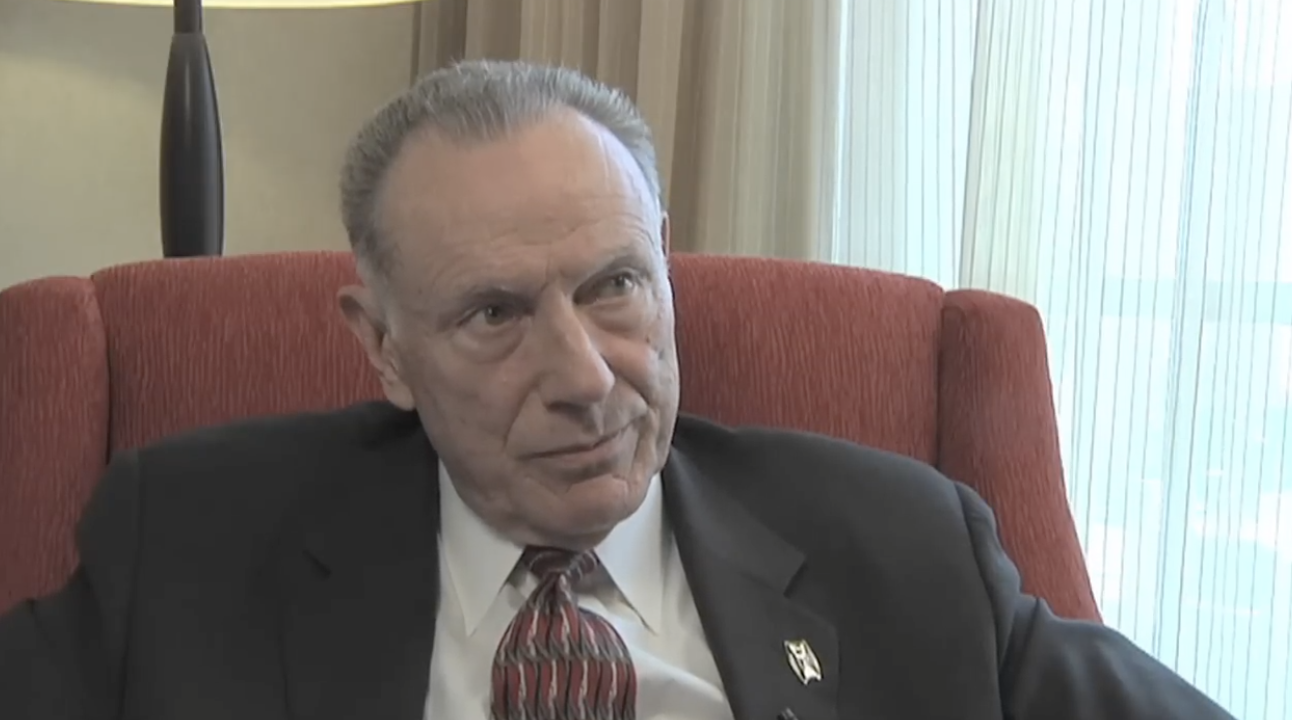The recent passing of Dr John Carver, the renowned US corporate governance theorist, marks the end of an era in the continually developing field of corporate governance. For decades, Carver’s insights into governance weaknesses and his innovative ideas on overcoming those have reshaped how we think about the roles and responsibilities of governing boards.
Before Carver mounted a full-on challenge to traditional thinking and practice, the governance of all kinds of incorporated organisations suffered from ambiguity, inefficiency and a lack of clarity about the distinct roles between the board and management. Boards frequently (as, sadly, many still do) found themselves tangled in operational details, almost always focused on activities rather than intended results, struggling to define their roles relative to those of management, and often struggling to hold management accountable consistently and systematically.
In describing the challenge he set out to overcome, Carver acknowledged that:
Knowledgeable skeptics think boards can never get beyond being spoon fed by their executives and that, because of their nature, boards must remain fundamentally reactive. With good evidence, many people believe that boards will always stumble from rubber stamping to meddling and back again. They believe the realities of group decision making forever destine boards to be incompetent groups of competent people. [1]
Carver further concluded that:
…most of what the majority of boards do either does not need to be done or is a waste of time when done by the board. Conversely, most of what boards need to do for strategic leadership is not done. [2]
In his first significant publication, Boards That Make a Difference, Carver argued against meekly accepting this kind of sub-par performance by boards because:
…failures of governance are not a problem of people but of process. The problems lie squarely in our widely accepted approach to governance, including its treatment of board job design, board-staff relationships, the chief executive role, performance monitoring, and virtually all aspects of the board-management partnership. [3]
Carver set out not only to issue a strong indictment of governance shortcomings and the general resigned acceptance of those as normal, but also to make a compelling case for what boards can and should deliver in terms of organisational leadership.
In particular, he sought to clarify the roles and responsibilities of boards, ensuring they focused on setting policies and strategic direction rather than being embroiled in day-to-day operational minutiae. With the formulation that would later become known as the Policy Governance model, Carver aimed to distinguish the respective responsibilities and accountabilities of governance and management.
Carver’s analysis of governance shortcomings and his prescription for better board performance continue to inspire many who, like our BoardWorks team, are committed to strengthening board performance. Since well before the firm was established in 1997, Carver’s thinking has significantly influenced our consulting practice. Terry Kilmister, one of BoardWorks’ co-founders, first encountered Carver’s ideas when working in Canada in 1986. Returning to New Zealand, Terry’s first book, Brilliant Boards, was published in 1989 and referenced Carver’s model. Terry subsequently attended Carver’s workshop (co-facilitated by Carver's wife, Miriam Carver) in Atlanta, Georgia, to learn directly about the Policy Governance model. What he learned became the foundation for our early governance training and consulting practice in New Zealand and Australia. Subsequently, we were even commissioned to teach the Carver way of thinking about how boards should go about their work in Carver’s home country!
While acknowledging the influence of Carver’s thinking, we must also recognise that his model has been criticised over the years. Ironically, some of that criticism has been for it supposedly allowing too much management autonomy. Yet, this model is explicitly designed (and fully able) to deliver greater management performance accountability. To fulfil that potential, however, ‘the board must do its job first’, which involves creating a policy and delegation framework to guide and, where relevant, control management activity.
This is a necessary nod to the reality that corporate constitutional structures and the law relating to directors’ duties dictate that the buck for corporate performance stops with governing boards. The management function and the authority to carry out operational tasks can only proceed from the delegation of aspects of the board’s ultimate authority. It is surprising how many boards and their management teams are ignorant (perhaps wilfully so in some cases) of this reality!
While valuing what Carver proposed regarding the design of board work, we must also acknowledge the reality that boards and their executive teams face. Implementing the policy governance model in the complete form advocated (and trademarked) by Carver requires a high and sustained level of discipline and continuing investment of board and management time and professional development beyond the capacity and motivation of all but a few organisations in Australasia. Accordingly, we have focused on the elements of Carver's recommended approach, which we have found boards in this part of the world benefit from the most.
The board's responsibility to govern on behalf of the organisation’s owners or stakeholders was at the heart of Carver's teaching and writing. By focusing on defining clarity of organisational purpose and related outcomes that must be delivered for owners and stakeholders (‘Ends’) and delegating decisions on how to achieve those results (‘Means’) to management within board-proscribed limits, Carver pointed to a distinct and effective conceptual separation between governance and management. We have found this to be of enduring value and helpful even in situations where the governing body members must also take on management or operational responsibilities.
Carver’s focus on the board's performance accountability and ultimate responsibility for its organisation producing measurable outcomes was groundbreaking and continues to resonate strongly with organisations seeking to enhance their governance effectiveness.
As we remember and acknowledge John Carver, it is clear that his work has left a significant mark on corporate governance. His ideas continue to resonate with us after more than 30 years of assisting boards to provide more effective strategic leadership. Dealing as they do with fundamental verities, Carver’s contributions remain a guiding light for boards and organisational leaders who seek to govern with integrity and effectiveness.
Notes
- John Carver (1990) Boards That Make A Difference. San Francisco, Jossey-Bass. Preface, p. xi
- Carver (1990) ibid p. xiii
- Carver (1990) ibid p. xiii








